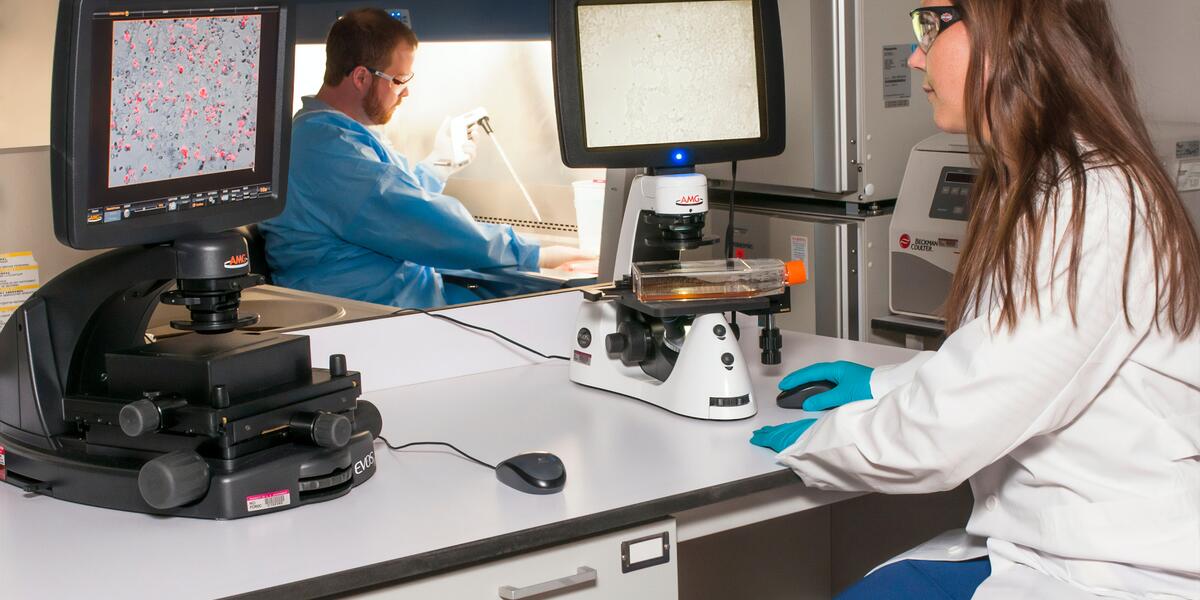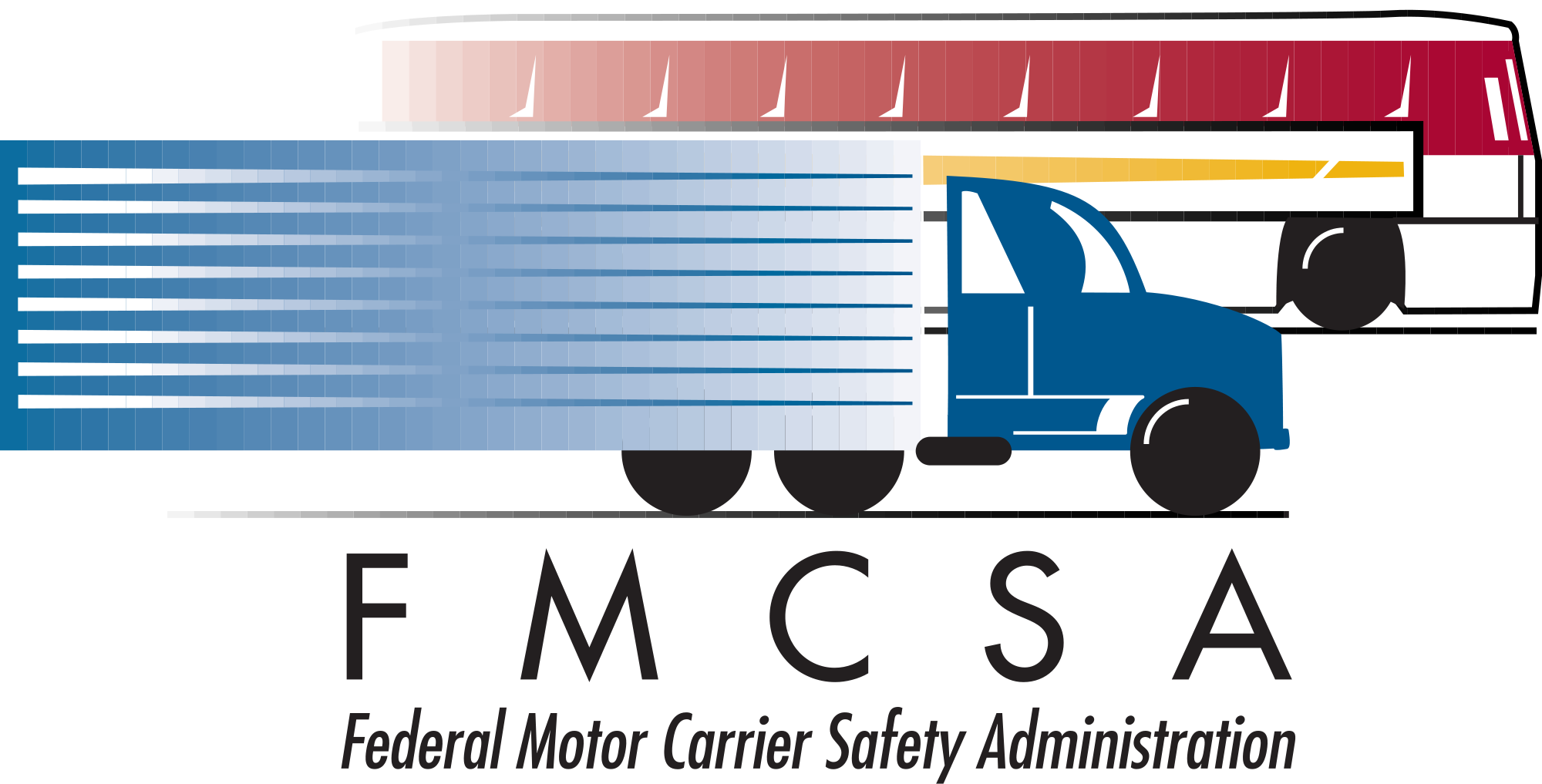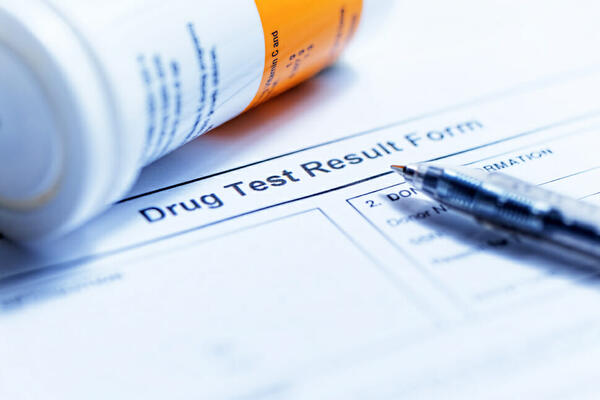Positive Marijuana Drug Screen Results up 32% for CDL Drivers in 2022
Nearly 41,000 truck drivers tested positive for marijuana in 2022, a 32% increase over 2021. This information was recently released by the Federal Motor Carrier Safety Administration’s Drug & Alcohol Clearinghouse.
Since FMCSA opened the Clearinghouse on Jan. 6, 2020, more than 100,000 truck drivers have tested positive for marijuana. Truck drivers who test positive for marijuana — and other drugs — are prohibited from driving and must enter a “return-to-work” process and retest to be able to drive again.
Cocaine, methamphetamines, and amphetamines placed second, third, and fourth, respectively, among substances accounting for the most truck driver drug-test failures. These top four drugs accounted for 90% of the 177,376 total positive test results in the three-year history of the Clearinghouse. The agency tests for a total of 14 substances.
21 states, the District of Columbia, Guam, and Canada, now approve the recreational use of marijuana. Thirty states have legalized medical marijuana use under certain circumstances, while other states have decriminalized the possession of small amounts.
The following allow the recreational use of marijuana:
- Colorado
- Washington
- Alaska
- Oregon
- Washington, D.C.
- California
- Maine
- Massachusetts
- Nevada
- Michigan
- Vermont
- Guam
- Illinois
- Arizona
- Montana
- New Jersey
- New York
- Virginia
- New Mexico
- Connecticut
- Rhode Island
- Maryland
- Missouri
- Canada
The ready, legal availability of marijuana in these states must be coupled with a strong reminder for commercial truck drivers that marijuana is still ILLEGAL, federally. It is still part of U.S. Department of Transportation (DOT) mandated drug testing (which includes mixtures and synthetic versions). Marijuana is even illegal to transport in interstate commerce. Colorado and California, two states that have approved recreational use, are also in the vanguard of roadside testing for drivers under the influence of pot. Whether undergoing a DOT drug test or a roadside stop, truck drivers should remember that marijuana use remains detectable for as many as 30 days, depending on the user's metabolism, water intake, etc.
All states have adopted the FMCSA and DOT Drug and Alcohol testing regulations for INTRAstate CDL drivers. So, even in the states that have legalized marijuana for recreational use, it is NOT legal for an individual to use marijuana and operate a commercial motor vehicle.
Here is the FMCSA Interpretation of the regulations:
Does the legalization of the use and possession of marijuana by a State or other country with drivers who operate in the United States change the treatment of marijuana use under federal regulations applicable to drivers operating a commercial motor vehicle (CMV) (as defined in 49 CFR § 390.5)?
Answer: No. Marijuana, including a mixture or preparation containing marijuana, continues to be classified as a Schedule I controlled substance by the Drug Enforcement Administration (DEA) in 21 CFR § 1308.11. Under the Federal Motor Carrier Safety Regulations (FMCSRs), a person is not physically qualified to drive a CMV if he or she uses any Schedule I controlled substance such as marijuana. (See 49 CFR §§ 391.11(b)(4) and 391.41(b)(12)). In addition to the physical qualification requirements, the FMCSRs prohibit a driver from being in possession of or under the influence of any Schedule I controlled substance, including marijuana, while on duty, and prohibit motor carriers from permitting a driver to be on duty if he or she possesses, is under the influence of, or uses a Schedule I controlled substance. (See 49 CFR §§ 392.2 and 392.4). The legalization of marijuana use by States and other jurisdictions also has not modified the application of U.S. Department of Transportation (DOT) drug testing regulations in 49 CFR parts 40 and 382. (See https://www.transportation.gov/odapc/medical-marijuana-notice and https://www.transportation.gov/sites/dot.gov/files/docs/odapc-notice-recreational-mj.pdf.)
DOT Issues Guidance on Use of CBD by Truck Drivers
The Office of Drug and Alcohol Compliance and Policy of the U.S. Department of Transportation has issued a guidance document on the use of products containing Cannabidiol (“CBD”) by truck drivers and other workers in safety-sensitive positions.
The guidance indicated that in the 2018 Farm Bill, Congress removed hemp from the definition of marijuana under the Controlled Substances Act. Under the Farm Bill, hemp-derived products containing a concentration of up to 0.3% tetrahydrocannabinol (“THC”) are not controlled substances. THC is the primary psychoactive component of marijuana. Any product, including CBD products, with a concentration of more than 0.3% THC remains classified as marijuana, a Schedule I drug under the Controlled Substances Act.
Further, the DOT stated it is essential for all employers and safety-sensitive employees to know:
- The Department of Transportation requires testing for marijuana and not CBD.
- Labeling many CBD products may be misleading because the products could contain higher levels of THC than the label states. The Food and Drug Administration (FDA) does not currently certify the levels of THC in CBD products, so there is no Federal oversight to ensure that the labels are accurate. The FDA has cautioned the public: “Consumers should beware of purchasing and using any [CBD] products.” The FDA has stated: “It is currently illegal to market CBD by adding it to a food or labeling it as a dietary supplement.” Also, the FDA has issued several warning letters to companies because their products contain more CBD than indicated on the product label.
- The Department of Transportation’s Drug and Alcohol Testing Regulation, Part 40, does not authorize the use of Schedule I drugs, including marijuana, for any reason. Furthermore, CBD use is not a legitimate medical explanation for a laboratory-confirmed marijuana-positive result. Therefore, Medical Review Officers will verify a drug test confirmed at the appropriate cutoffs as positive, even if an employee claims they only used a CBD product.
It remains unacceptable for any safety-sensitive employee subject to the Department of Transportation’s drug testing regulations to use marijuana. Since CBD products could lead to a positive drug test result, Department of Transportation-regulated safety-sensitive employees should exercise caution when considering whether to use CBD products.
Pre-Employment Drug and Alcohol Testing FAQs
Pre-Employment Testing
Question:
If a driver is terminated and returns to safety-sensitive functions with the same employer, is the driver subject to a drug and alcohol pre-employment test before?
Answer:
If a driver has been removed from a DOT random testing pool for more than 30 days, the employer must give the driver a pre-employment test, and a negative test result must be received before the driver may operate a commercial motor vehicle (CMV). If less than 30 days have passed since the driver was under the DOT random testing program, the employer may re-employ the driver without a pre-employment drug test. This situation only applies to employment with the same employer. [382.301, Question 3]
Question:
Is a motor carrier required to administer a DOT pre-employment drug test on a driver that received a verified negative test result on the initial pre-employment drug test but was not placed into the motor carrier’s DOT random testing pool and more than 30 days have elapsed since the date of the first test?
Answer:
Yes, because the driver was not covered in a DOT random testing pool for more than 30 days, the motor carrier must administer another DOT pre-employment drug test on the driver and receive a verified negative result from the MRO before allowing the driver to operate a commercial motor vehicle that requires a CDL. Please see 382.301 (b) (1) and 382.301 Question.










